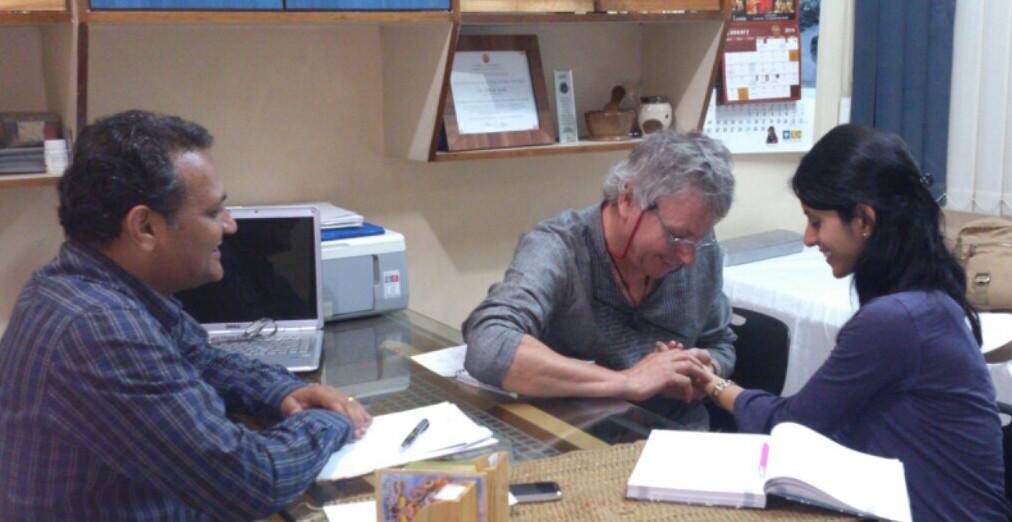Looking out the window at the cold grey December sky makes us dream of those warm summer days soon to come. If you wished to find a single plant that captures the very essence of the sun’s warming rays, you would be hard pressed to find a better example than that of Goldenrod, known also by the latin name Solidago vigaurea. Herbalists have discovered that this plant has many medicinal uses.
Just one of its numerous attributes is to try clear the body of toxins. Its action is both soothing and healing - although caution should always be taken when there is oedema from heart or kidney problems.
One can visualise this plant as acting like a warm running stream dancing with light, as it flows through the body purifying and cleansing toxicity.
It can lower blood pressure and is diuretic. Also very useful to clean the throat and respiratory organs of infectious and allergic toxins, it acts in a similar way in cases of middle ear inflammations. As a detoxifying cleaner, it can be used for flushing out the kidneys and the whole of the urinary tract. It eases inflamed arthritic joints by assisting lymphatic drainage and promoting the circulation of blood that carries with it life giving oxygen. As an Ama pachana, Ayurveda employs its ability to soothe and detoxify inflammation in cases of gut infection. It has also been used to treat benign prostate enlargement and menstrual cramping and heavy or irregular periods. Also it is good for a sluggish liver or congested sinuses.
So whenever someone has a case of toxic build up with stagnant congestion, the tincture of this plant may be a good one to reach out for.
Just one of its numerous attributes is to try clear the body of toxins. Its action is both soothing and healing - although caution should always be taken when there is oedema from heart or kidney problems.
One can visualise this plant as acting like a warm running stream dancing with light, as it flows through the body purifying and cleansing toxicity.
It can lower blood pressure and is diuretic. Also very useful to clean the throat and respiratory organs of infectious and allergic toxins, it acts in a similar way in cases of middle ear inflammations. As a detoxifying cleaner, it can be used for flushing out the kidneys and the whole of the urinary tract. It eases inflamed arthritic joints by assisting lymphatic drainage and promoting the circulation of blood that carries with it life giving oxygen. As an Ama pachana, Ayurveda employs its ability to soothe and detoxify inflammation in cases of gut infection. It has also been used to treat benign prostate enlargement and menstrual cramping and heavy or irregular periods. Also it is good for a sluggish liver or congested sinuses.
So whenever someone has a case of toxic build up with stagnant congestion, the tincture of this plant may be a good one to reach out for.


 RSS Feed
RSS Feed
